
French cooking school Le Cordon Bleu returns to Hong Kong with technique-focused workshops. Are they worth the US$380 price tag? We find out
- The Parisian culinary academy is back at Hong Kong’s K11 Musea after its first partnership with the mall in 2019, with 52 workshops held from June 20 to July 19
- We try the first of them, which takes place at Gentry Club, and give our take on its good points and areas for improvement as we cook coq au vin-style chicken
To be honest, I’m a bit shocked that chef Gilles Company is shocked that I do not own a microwave.
We’re in Gentry Club’s kitchen workshop space, on the 8th floor of K11 Musea, a luxury shopping mall in Hong Kong’s Tsim Sha Tsui neighbourhood, discussing the best way to reheat buttery mashed potatoes at home.
It’s because we’ll be taking home a meal that will be cooked by our own fair hand, after Company guides us through the steps. On today’s menu is coq au vin-style chicken with creamy mustard mash, pearl onions, mushrooms and lardons.
It’s the first of 52 cooking workshops that will be hosted by Le Cordon Bleu, the famous cooking academy that was founded in Paris, France, in 1895.
From June 20 to July 19, the private members’ club will be the home base for Le Cordon Bleu’s instructors.
They will be coaching guests through recipes for dishes such as crispy duck breast with wilted spinach and orange sauce, chicken fillet “Cordon Bleu”- style (that is, breaded chicken rolled up with ham and cheese, and served with gem lettuce salad and wholegrain mustard vinaigrette), and fillet of beef, foie gras and morel mushrooms done Wellington-style.
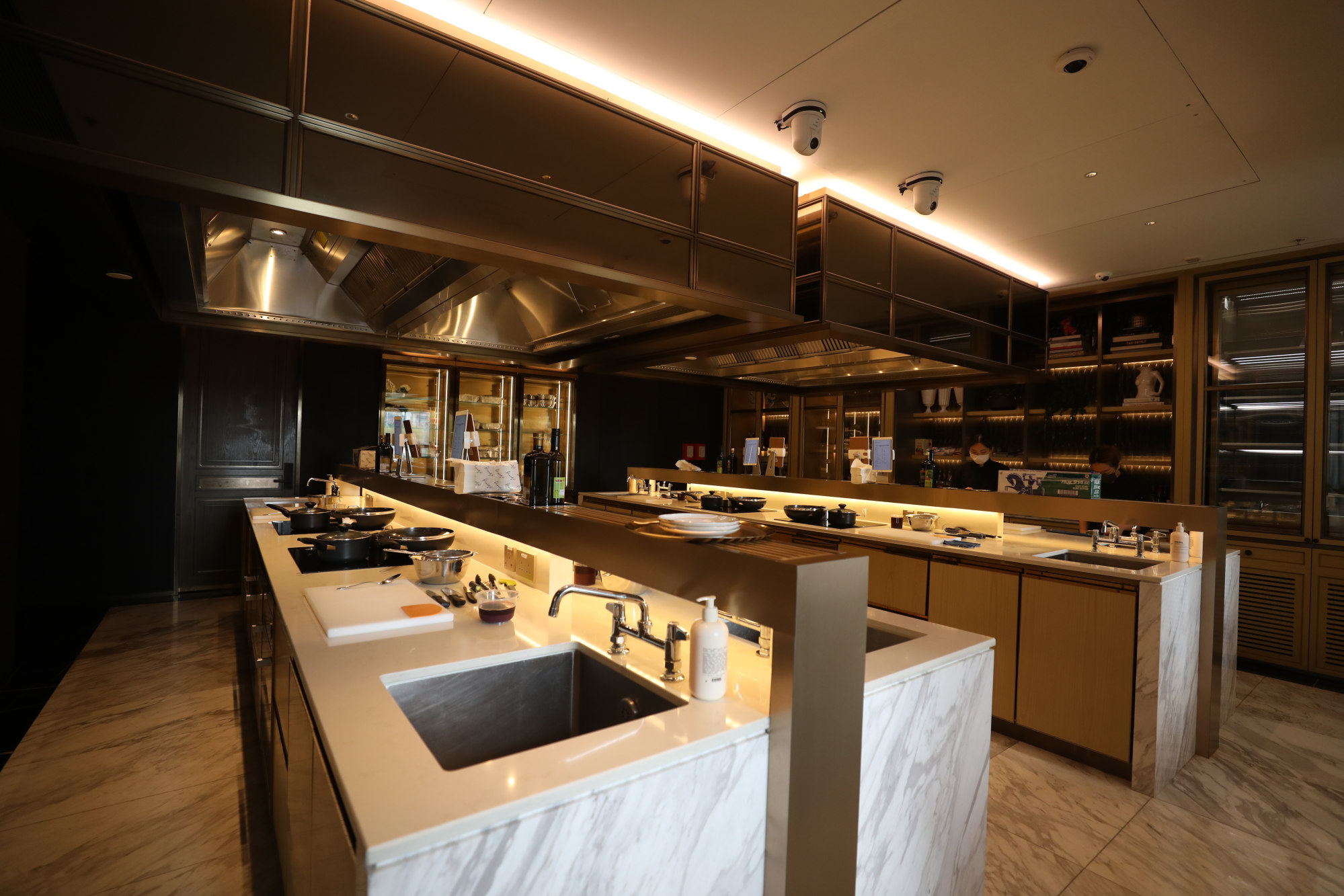
The second half of the programme is dedicated to the fine French art of pastry, with courses covering all bases: amateur cooks will be able to learn the techniques for desserts including Black Forest cake, strawberry tart dacquoise, matcha opera cake and Belle Helene tart.
As a keen eater and home cook, I’m always game for testing out cookery programmes and workshops, and accepted an invitation to experience a session.
It’s a rare opportunity in Hong Kong to be guided by experienced instructors from the school.
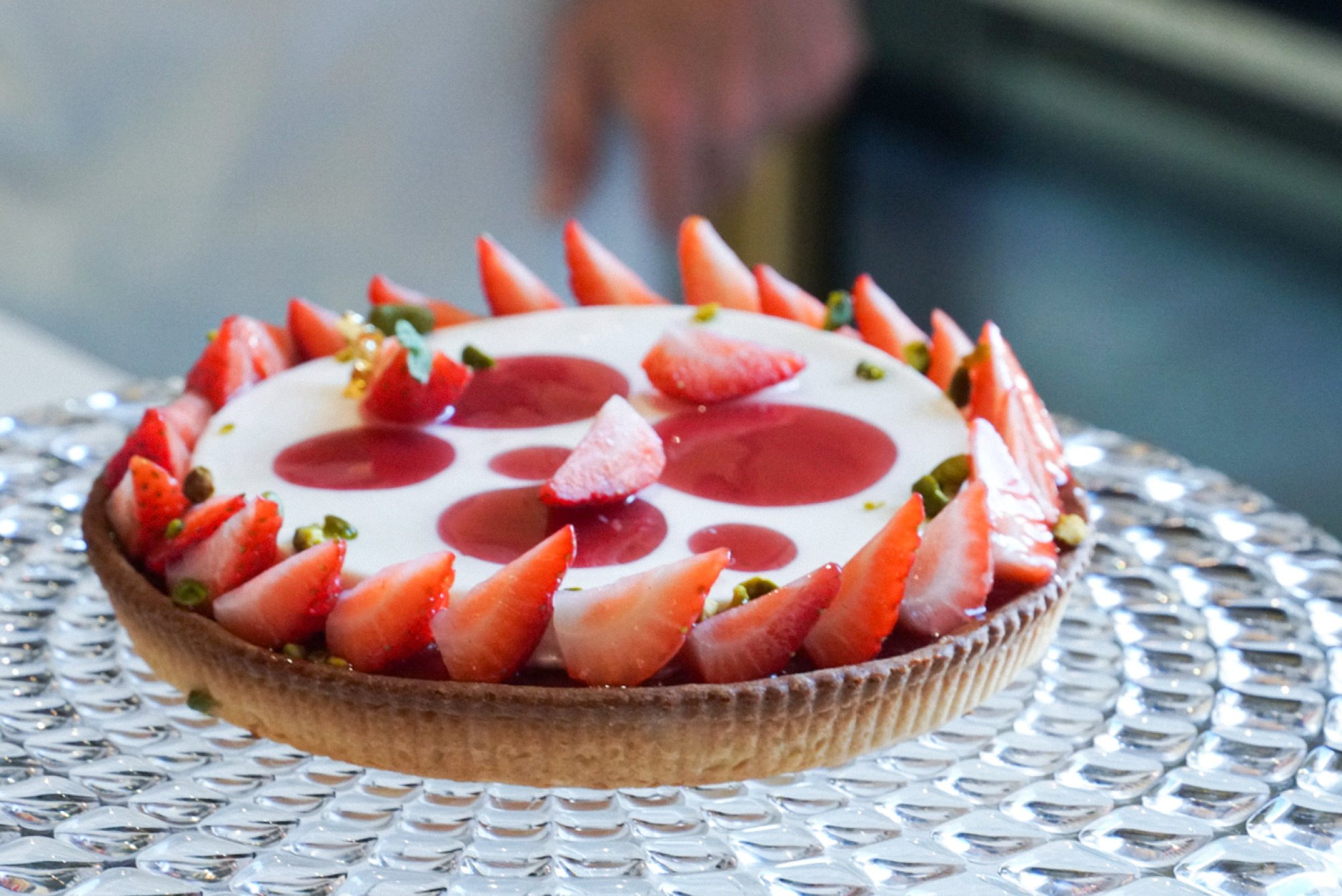
Le Cordon Bleu’s reputation for focusing on technique has drawn legions of students eager to learn the basics, from knife skills to mastering the mother sauces of French cuisine.
“We emphasise the quality of ingredients, the cost of ingredients, and how to conserve ingredients,” explains Company, the executive chef and culinary academy director for the Japan outpost of Le Cordon Bleu, where he has been for the past seven years.
“Eighty per cent of what we do is technical abilities, and how to get the student to achieve those techniques. That is the main goal for us, not necessarily the recipe itself,” he says.
The instructors place more emphasis on the students’ understanding of the cooking processes and how best to apply techniques to any ingredient, rather than focusing too much on executing a specific recipe, he emphasises.
For the course I have been assigned to, Company breaks down the various components of the dish by their different skill sets: how to break down a chicken leg into thigh and drumstick, and then French trim the bone; getting the balance correct for the all-important mirepoix (a combination of diced celery, carrot and onion that forms the base for many sauces, soups and stews); and the art of marinating, salting, browning and so on.
The number one rule, Company says, is to “relax”. He encourages us to ask as many questions as we want, with a caveat – that we observe, and listen first. “Do not interrupt the demonstration,” he says sternly. “I will provide you with question time.”

With several pans on the go – one large pan for the chicken to simmer in a red wine and broth mixture along with the aforementioned mirepoix, garlic and thyme, another for simmering floury potatoes for mash, and a third, tiny pan for cooking pearl onions until caramelised and tender – Company explains the basic techniques as well as tips and tricks.
Apart from a brief guide on how to portion the chicken, there’s little on knife skills. I’m a big fan of prep work and was disappointed to see ingredients for the mirepoix already all chopped up for us (the potato was also freshly peeled and halved, too).
We did get to complete the mirepoix by chopping a half-moon of onion and also finely shredding flat-leaf parsley for garnish, but the opportunity to explain the best and safest way to create evenly sized dice and fine tendrils of the herb is missed.
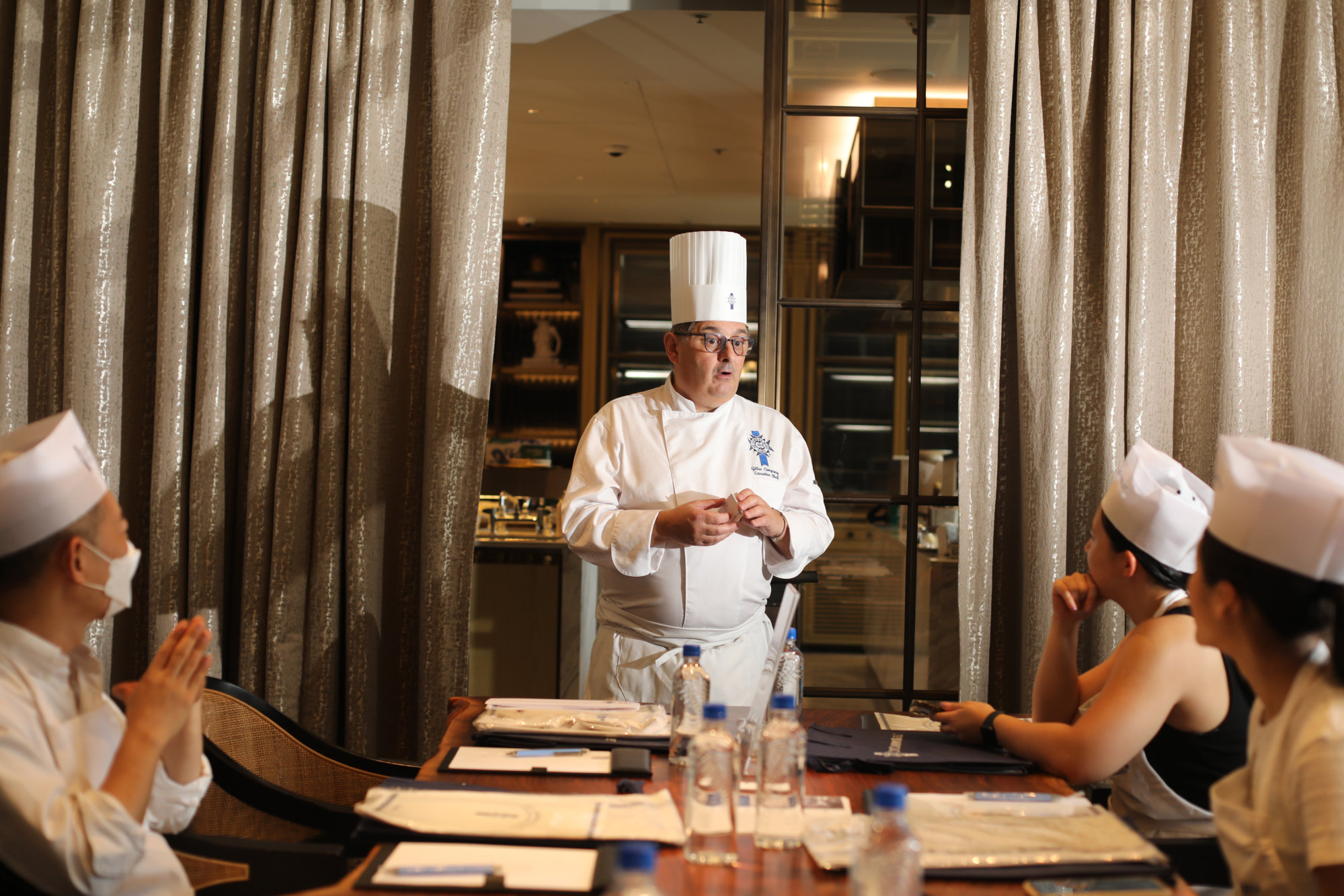
To include a few minutes on highlighting this essential skill, particularly when not knowing how comfortable each student is with using a fairly sharp knife, would be an improvement.
Still, there is attention to using your senses in a way that cannot be learned through online courses alone – such as listening for the sound of the sizzle when just enough chicken fat renders out into the pan and kick-starts the browning process of the skin, and using your nose as well as your eyes to gauge when your pearl onions are perfectly caramelised.
There is great importance placed on mise en place and organisation of the station, although Gentry Club’s in-house team also make the dirty work easy by whisking away used bowls and utensils, so you can feel like an all-powerful sous chef with minions at the ready.
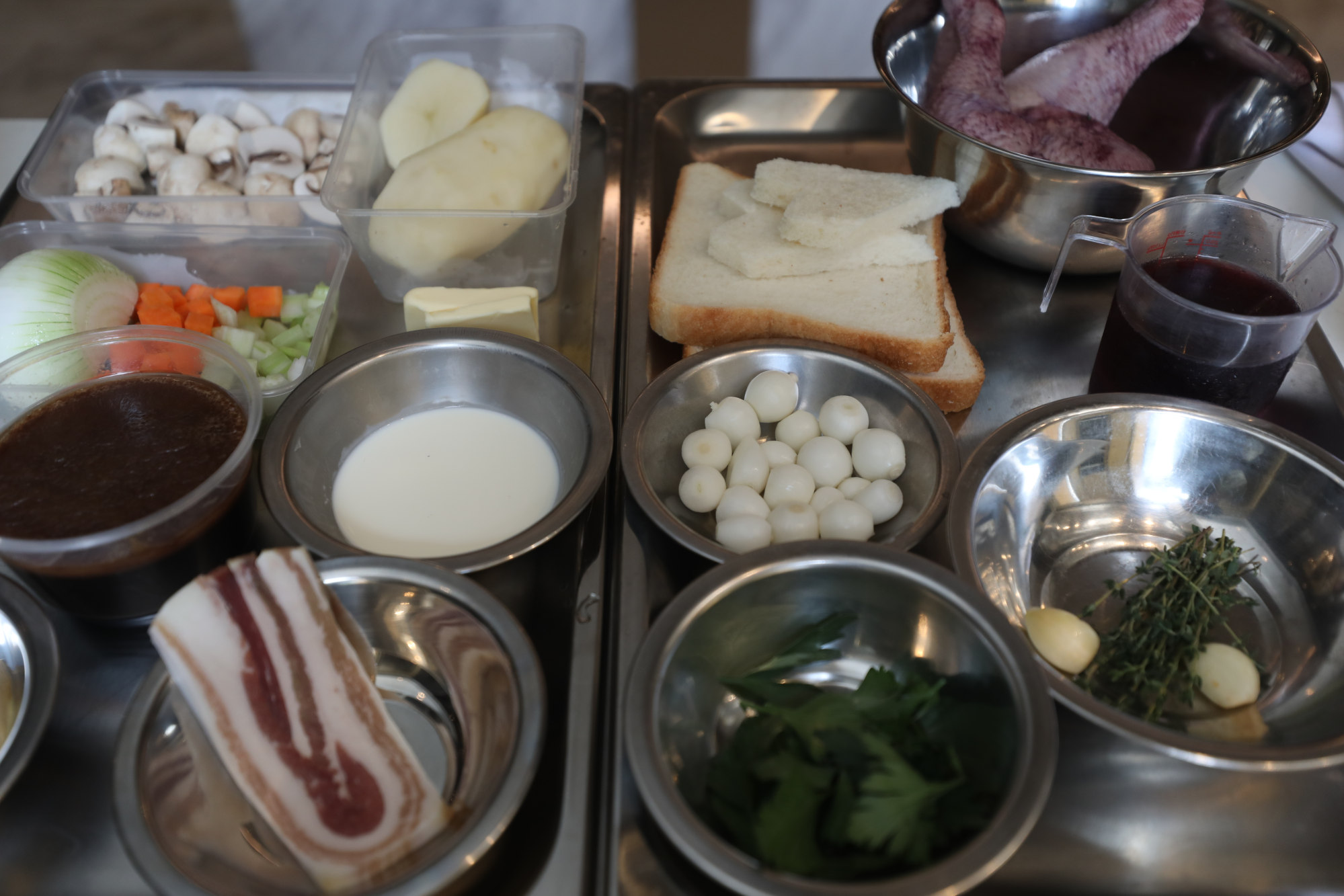
“If you’re not organised, it’s not going to work,” says Company. “The choice of equipment is vital.”
To drive home his point of technique over everything else, he asserts that the most important element of cooking after quality ingredients is one’s mastery over heat.
At several points during the cooking process, when each of us students were at our own stations, he kept an eye on the heat level of our pans and made prompt adjustments while explaining its effect – the liquid in the pan may be reducing too quickly, for example, or the water is boiling in too aggressive a manner, driving moisture into the potatoes being cooked.

“Cooking is controlling a product with fire. So the control of the fire is, as I like to call it, essential to the transformation of the [ingredient]. If you cannot control [it], you cannot cook,” he says, seriously. “It doesn’t matter if you know the recipe. If you don’t understand it, you cannot cook.
“It’s like sculpture or painting. You can know everything about colours, mixing, and the quality of the brushes. But unless you practise, you’re not an artist.”
It’s also about working within the constraints of your environment; we witness how Company was able to think on his feet and work with the unfamiliar kitchen equipment of the Gentry Club – an induction hob that wasn’t heating up powerfully enough – and later helping a student rescue a burned portion of onions because of a malfunctioning hob.

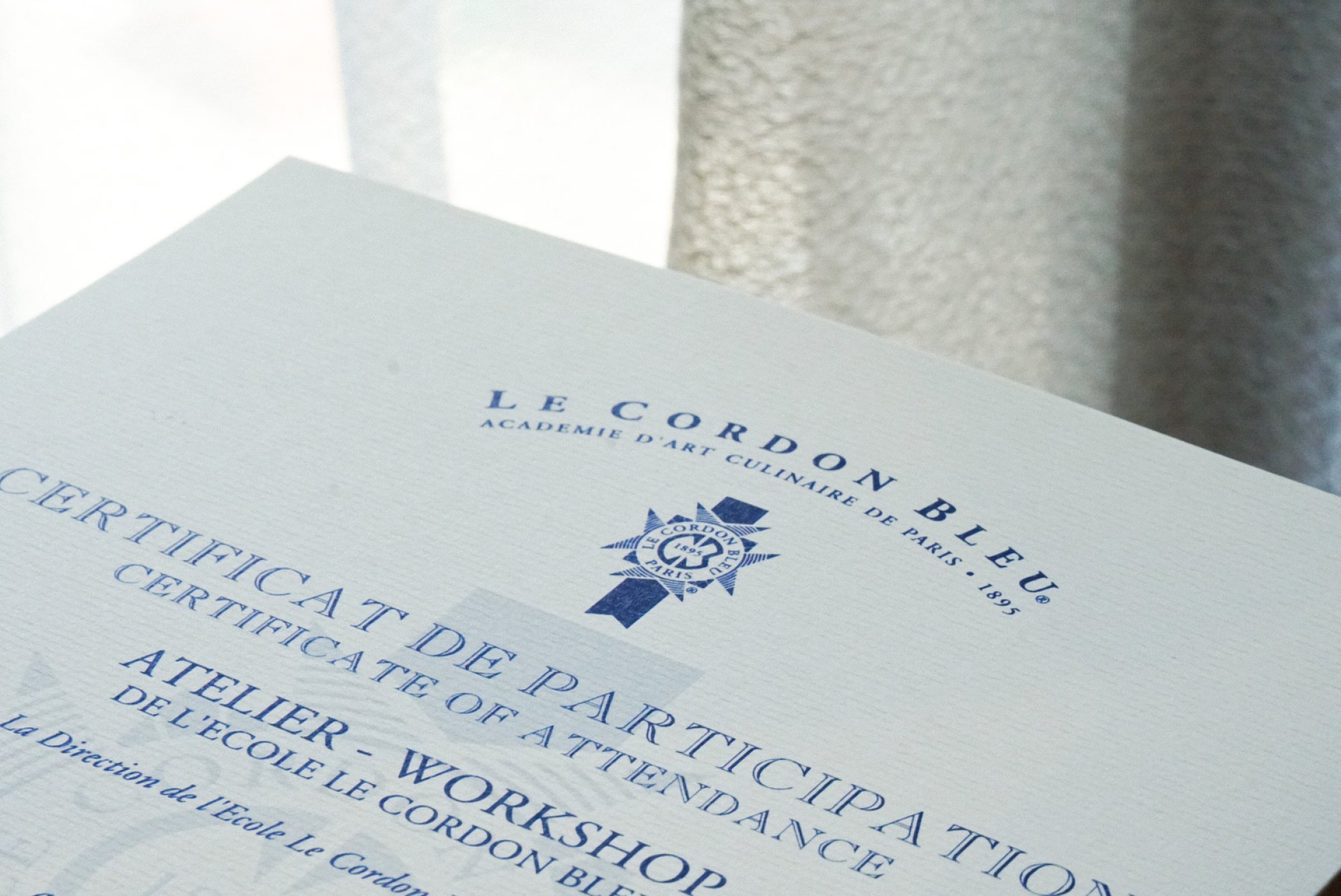
Those wishing to work on the art of plating may wish to inquire in advance; while we learned infinitely transferable skills while making our coq au vin-style chicken, we weren’t able to enjoy the fruits of our labour on proper crockery at the end of the lesson.
Plastic takeaway containers were provided for us to take away what we had cooked instead – I couldn’t help but think that perhaps branded, reusable boxes would be a more environmentally friendly option, and more fitting considering the high cost of entry.

